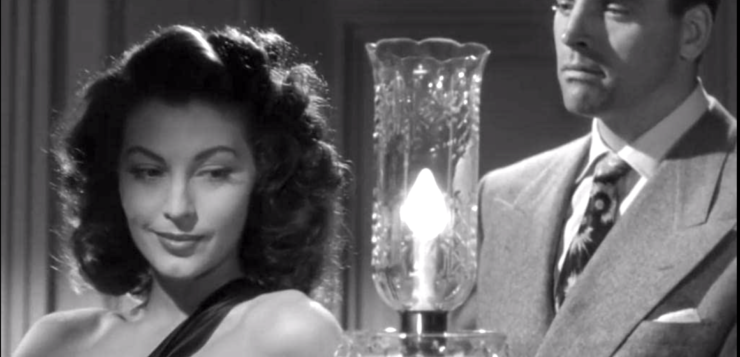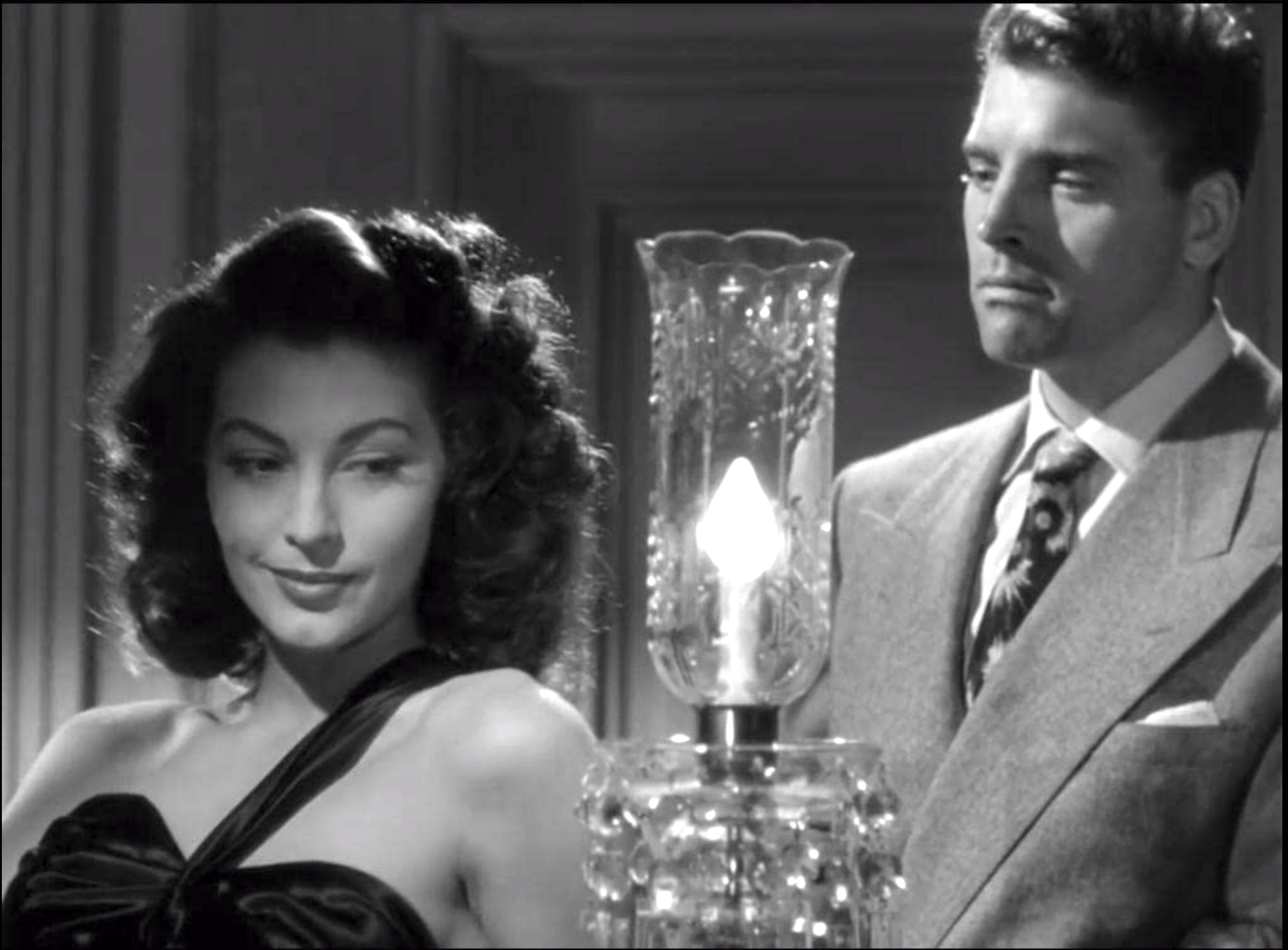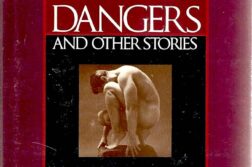THE “FEMME FATALE” gained a popular foothold in the detective fiction of the 1930s and then, even more visibly, in the great films noir of the 1940s and ’50s. In these narratives, the femme fatale often seizes command of the straight male gaze and harnesses it to her own purposes, her own pursuit of power. Given the dominant patriarchal attitudes of the era, in these storylines she is almost always revealed to be deceitful, cold, and self-serving. This being the era of the Hays Production Code, she is predestined to be punished, often to the point of death. Because she represents a woman trying to establish agency for herself, she is bound to be shut down. The narrative is making the implicit point that powerful women pose a threat to straight male dominance. It’s not surprising, then, that her popularity as a villain was never higher than when service men were returning from World War II seeking employment only to find that many of their jobs were filled by capable women.
Why, then, as a gay man and a mystery writer, am I so drawn to this archetype, so much so that I wrote my new historical mystery, The Savage Kind, as an exploration of and challenge to the archetype? Whether it’s Barbara Stanwyck’s severe bangs or Marlene Dietrich’s high cheek bones, it’s not an accident that drag queens have a long tradition of impersonating the femmes fatales of the 1940s. Over time, gay men—and LGBT people in general—have scoured popular entertainment for little glimmers of queerness embedded in mainstream culture. Even when the point of a book or film was to hold up a character, like the femme fatale, as an example of how not to be, we saw through the ruse, the shabby patriarchal curtain, and found something to admire in these “devil women”: self-possession, self-respect, and an unflinching desire for agency.
Okay, I know. Some of these characters do bad things, really bad things. The glamorous and bewitching Kathie Moffat (Jane Greer) seduces Jeff Markham (Robert Mitchum), the honest and mild-mannered hardboiled lead of Out of the Past (1947), entices him back into a life of crime, and eventually frames him for murder—only to, in the final moments of the film—shoot him. In The Killers (1946), Kitty Collins, played to perfection by Ava Gardner, much like Kathie, lures the lead Pete Lund (Burt Lancaster), a former boxer known as “The Swede,” into a romantic relationship. The Swede takes the blame for stolen jewelry Kitty’s wearing, spends three years in prison, only to emerge again, gets caught up in an elaborate payroll robbery, and then gets double-crossed by the endlessly resourceful Kitty. By the conclusion of this ordeal, he’s so depressed that he allows himself to be gunned down by a pair of hired killers. “There ain’t nothing to do,” he says when warned by a friend. “I’m through with all that runnin’ around.” Cleverly, the film begins with The Swede’s end, making the audience wonder why a specimen of masculinity such as Burt Lancaster has given up, folded his cards. The answer is Kitty Collins. He’s been brought low by a crafty, dishonest woman.
John Copenhaver is the author of The Savage Kind: A Mystery(Pegasus, 2021).








